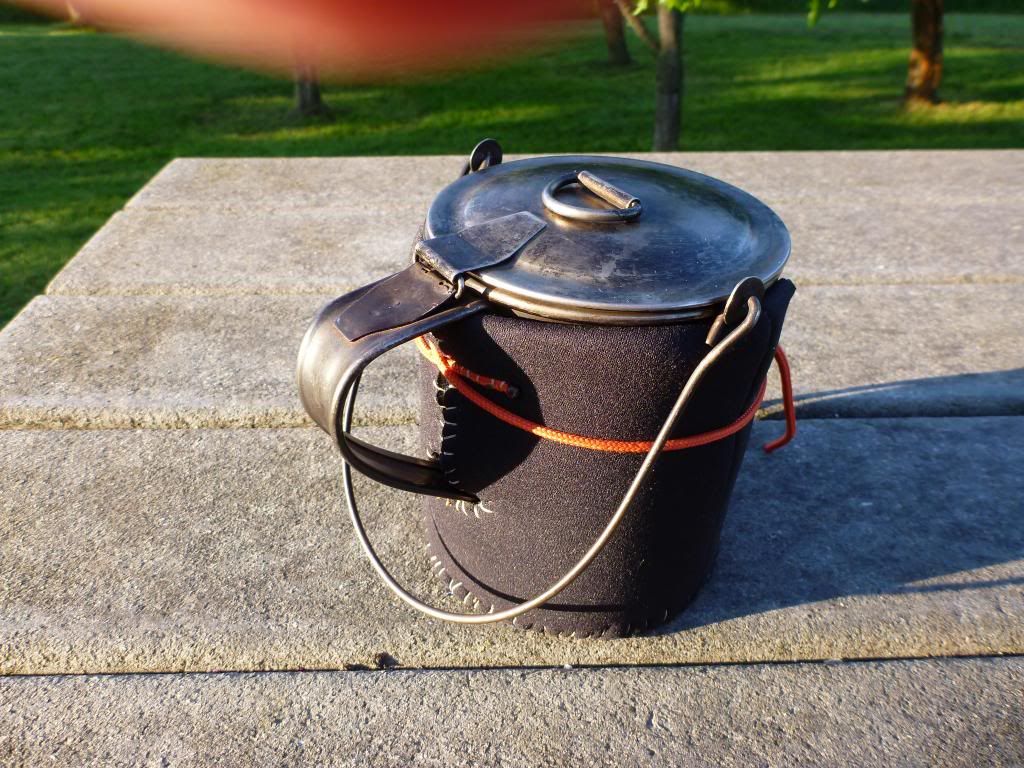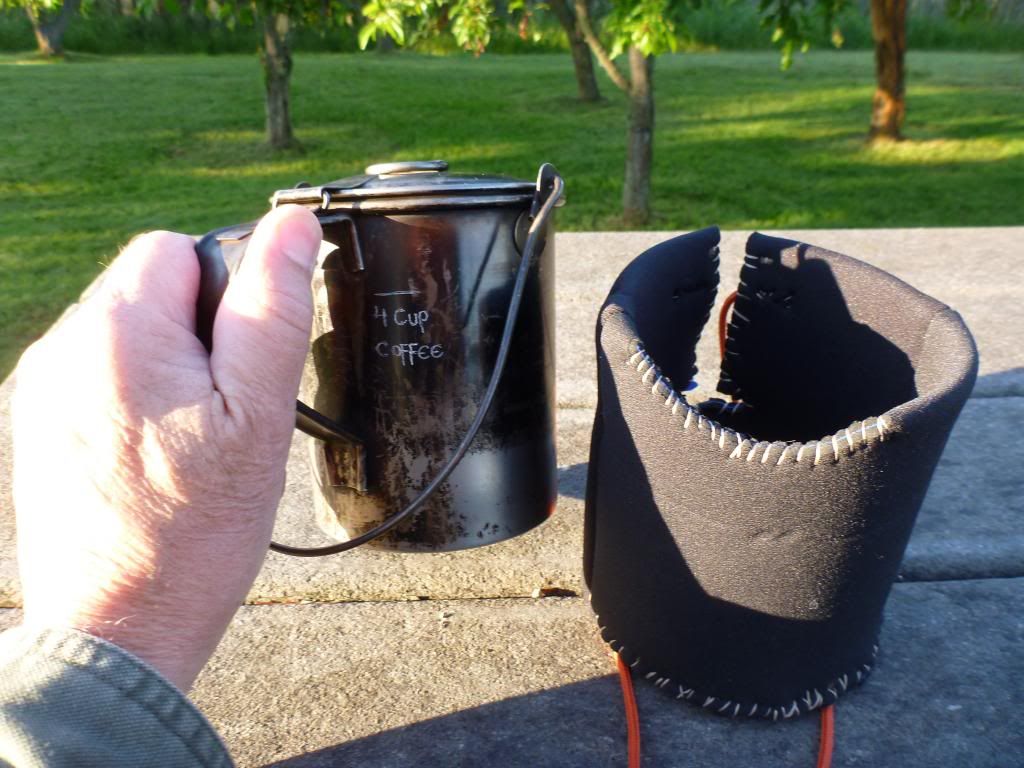G
Guest
Guest
Thank you thekat. I'm glad you found it helpful. This forum's a great place for new ideas and time-tested old practices. The forum has lots of people who have highly varied canoe tripping and day-tripping experiences. It's a great resource for any paddler, no matter how long he or she's been paddling.
Cheers,
- Martin
I love your text supported by pics. It's clear you attend to details and are generous enough to divulge in detail. Now, since you're having no problem posting pics, do you have any insight into why I can't? I posed this question in the problems area.




